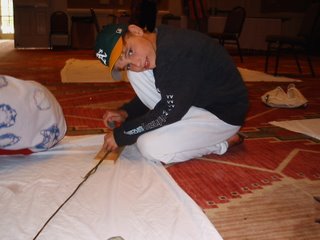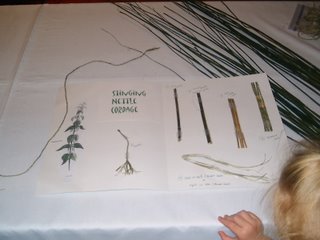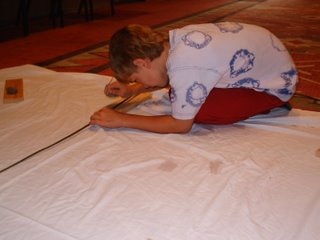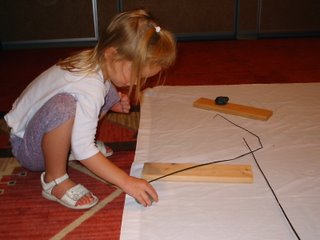


 We were all interested in learning more about Stinging Nettles. At first Jeremiah thought that Stinging Nettles were those creatures that seemed to often find him while body surfing at the beach. But we discovered that Stinging Nettles are plants that can cause pain and a rash similar to Poison Ivy.
We were all interested in learning more about Stinging Nettles. At first Jeremiah thought that Stinging Nettles were those creatures that seemed to often find him while body surfing at the beach. But we discovered that Stinging Nettles are plants that can cause pain and a rash similar to Poison Ivy.Most people who tromp through forests in the Pacific Northwest have, at one time or another, felt the reaction that stinging nettle causes on their skin. They often wonder which of the many green plants caused their white itchy bumps and assume it was poison ivy. In fact, Poison Ivy does not grow in temperate coastal rainforests and so the culprit is probably the stinging nettle, Urtica dioica.
Stinging Nettles are perennials that are common in coastal areas of BC, Washington and Oregon and inland in south and central BC. They grow best in moist forests and prefer shady disturbed areas where they grow in patches.
Stinging Nettle also has an interesting history as a useful plant. Fresh leaves were collected before they flowered, then dried completely, crushed and steeped in water to make a tea. When new leaves were collected in spring, and boiled in several changes of water, the resulting greens were said to make a good sprinach substitute. Stems and leaves steeped raw in a bucket of water for 24 hours released the formic acid into the water. The stems were then removed and the water used as an organic pesticide and applied to plants with mites or aphids. First Nations used the pithy stems to make string and rope for fishnets, snares and tumplines.
The plant is also useful to wildlife. Red Admiral Butterflies lay their eggs on the undersides of leaves so the young will have a meal as soon as they hatch.
Well, we didn't drink the plant as a tea this time, but Tracy brought a batch of dried Stinging Nettle stems from her home on an island in Washington, and provided rocks and a pounding surface, as well as her expertise in creating jewelry and ropes from the inner core of this plant.
We all enjoyed the pounding to loosen the tough stem from the fibrous core. But it was a little more challenging trying to separate the fiber from the woody stem, all in one piece.
It all turned out well in the end, though, and Jenna and I created bracelets while Jackson and Jeremiah designed their own Native American tools and weapons with the twisting of the fiber and core. Interestingly enough the fiber of the Stinging Nettle feels very similar to jute.
We really enjoyed this Fun Shop and are looking forward to more handiwork projects.
